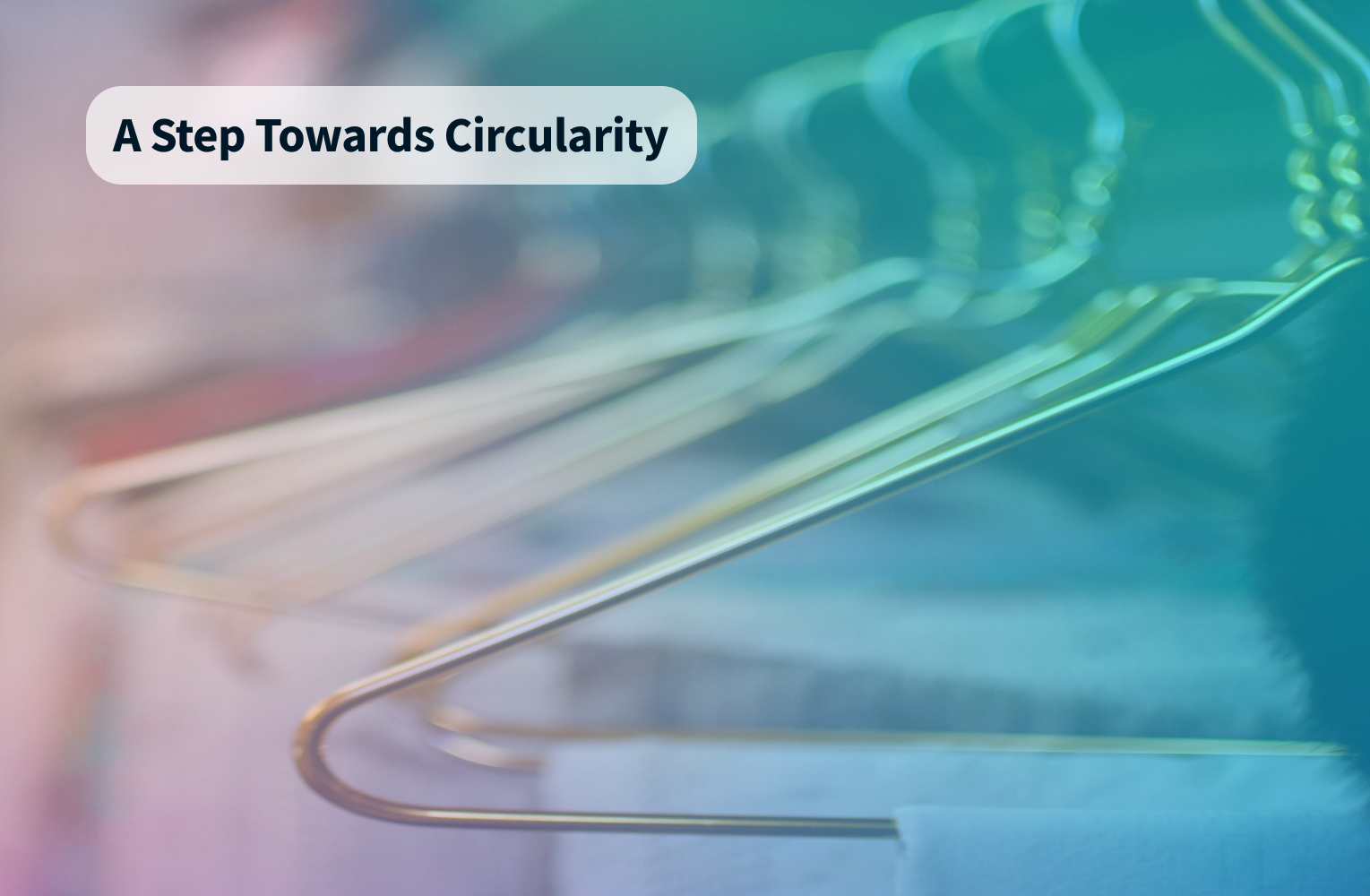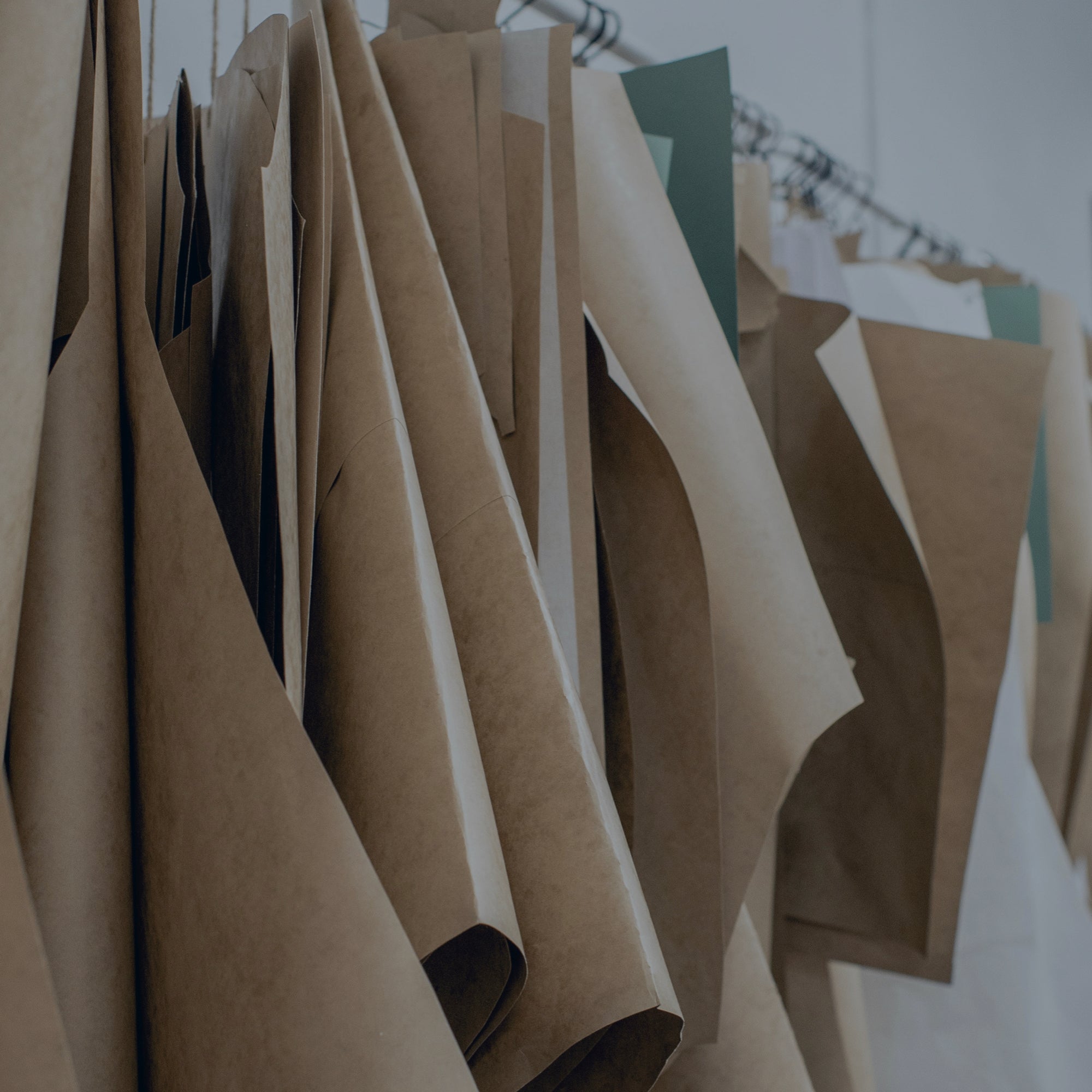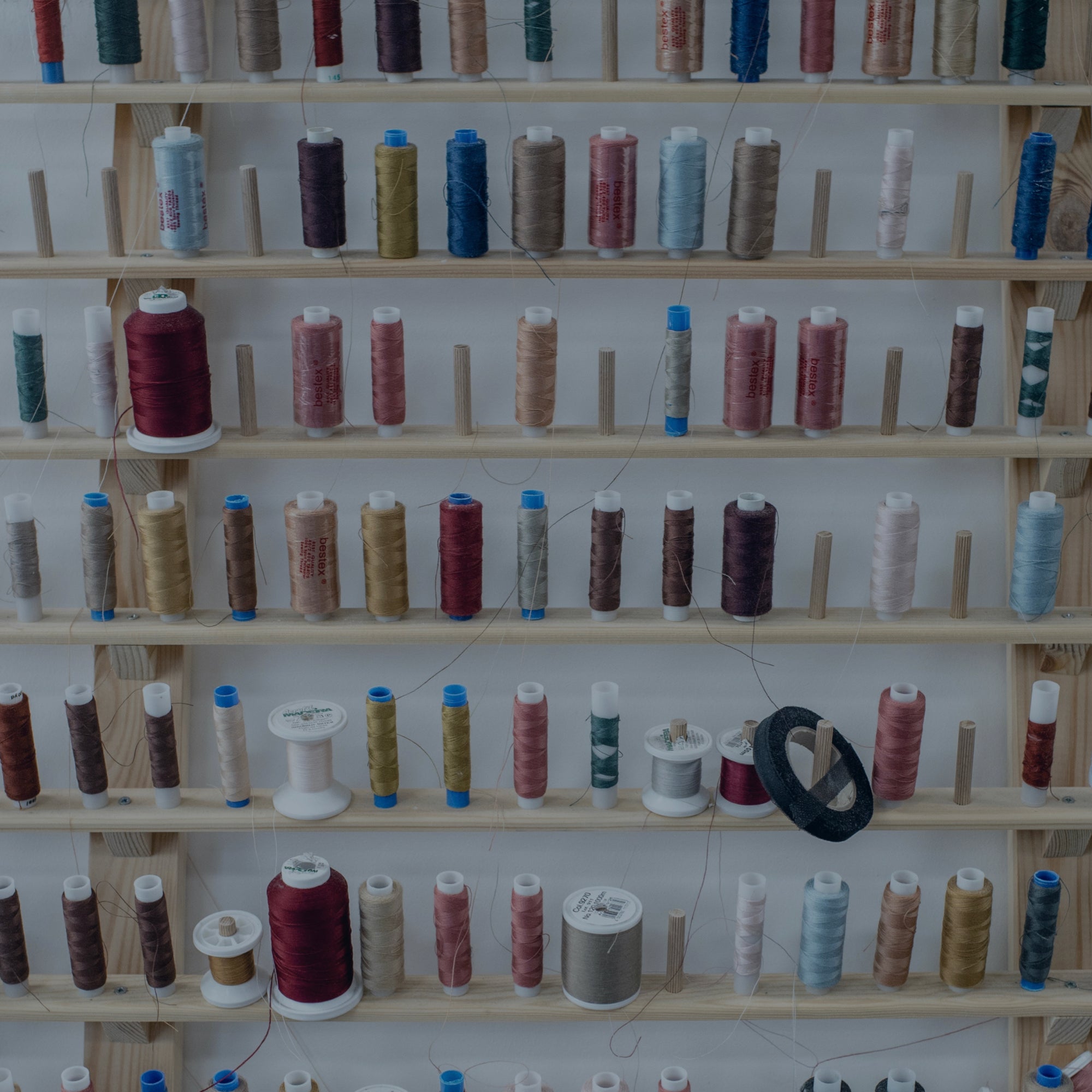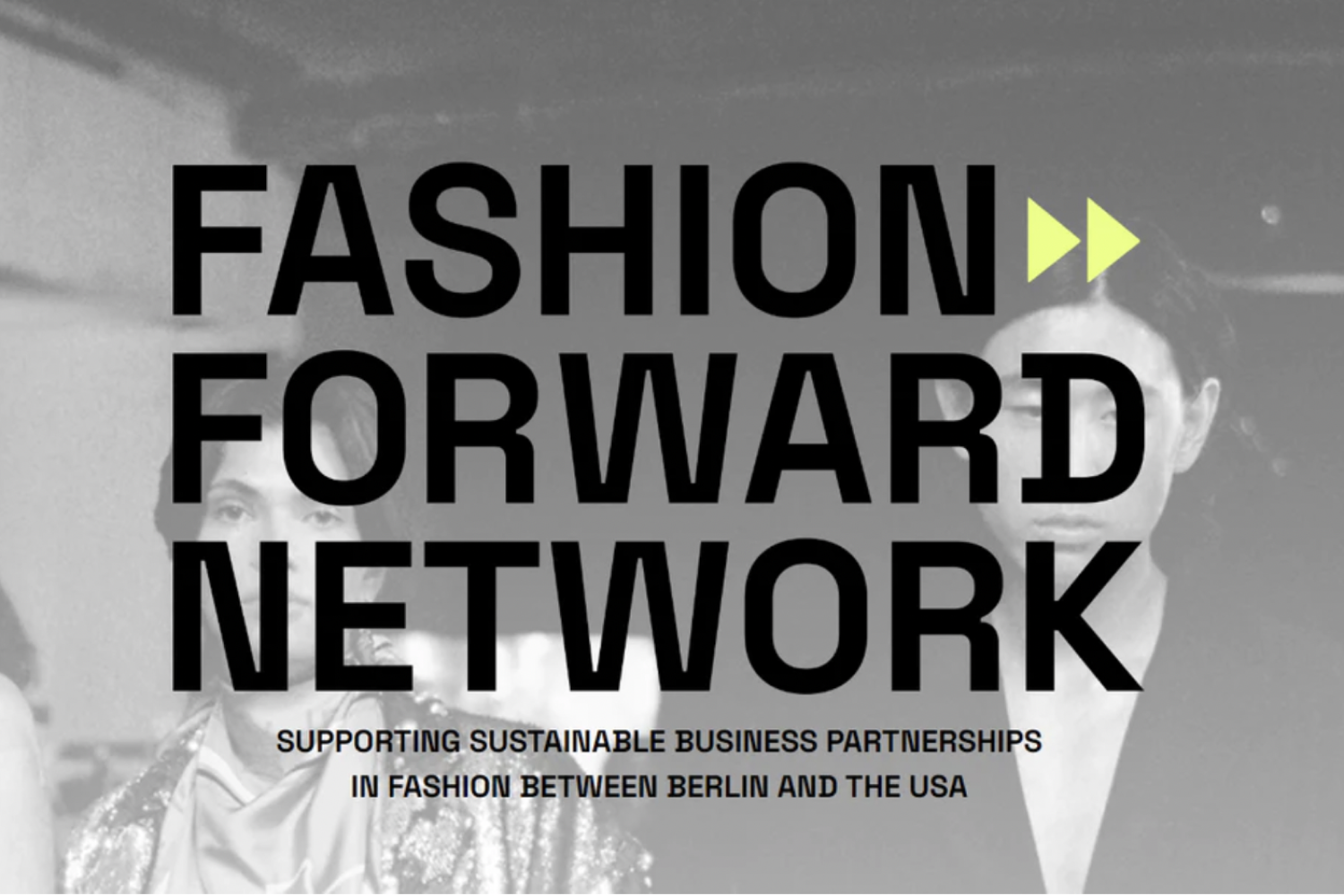Redefining Fashion: The Era of Circularity in the Textile and Clothing Industry

As we witness the dawn of an exciting era in the textile and fashion industry, the familiar linear paths of production and consumption are being reimagined. Today, we invite you to explore this transformative shift towards circularity—a paradigm built on sustainable, regenerative principles, aiming to redefine our industry's future.
This change isn't merely a passing trend; it is an essential response to the compelling environmental challenges we face. The textile and clothing industry, one of the largest consumer goods industries globally, holds significant sway over environmental impact. Bearing this responsibility, it becomes incumbent upon us to embrace innovative, sustainable practices and spearhead the charge towards a Circular Economy (CE).
The circular economy, characterized by its reduction of waste, promotion of longevity, and independence from finite resources, provides the foundation for this transformation. But how do we achieve this in an industry known for its fast pace and ever-changing trends? Let's delve into the how, the why, and the future implications of circularity within our industry.
Circular Economy and the Textile & Clothing Industry (TCI)
The environmental toll of the Textile and Clothing Industry (TCI) is significant. It contributes to 35% of primary microplastics released into the environment and 10% of global carbon emissions. In recognition of this, we are seeing an increase in creative strategies emphasizing durability, repairability, and recyclability of textiles, fundamentally changing the norms of our industry.
The changes triggered by circularity aren't merely environmentally significant—they also catalyze business innovation. A circular approach encourages fresh, sustainable designs, stimulates sector innovation, and holds companies accountable for their carbon and environmental footprints.

Future Challenges and Solutions
Addressing future environmental challenges such as climate change and waste management will necessitate strategic and economic shifts. The European Green Deal and the EU Taxonomy, significant initiatives to drive EU's transformation into a modern, resource-efficient, and competitive economy, are notable responses to these challenges.
By 2030, all textile products in the EU must be durable, repairable, recyclable, made from recycled fibers, free from hazardous substances, and produced in ways that respect social rights. The EU Taxonomy serves as a tool to guide this transition, defining what economic activities can be considered environmentally sustainable.
A significant aspect of this transition is the focus on bio-based materials. Made from renewable biological resources, these materials present sustainable alternatives to fossil-based materials and can significantly reduce their environmental impact.

Credits: DITF
Navigating the Transition
The journey towards understanding and implementing circularity is continuous. To make this transition smoother, we have developed the Circularity Training for Textile & Clothing in collaboration with DITF. This training is designed to empower fashion designers and manufacturers with essential and hands-on knowledge of circularity. From exploring the goals and benefits of the circular economy to understanding recycling options, circular design practices, manufacturing techniques, packaging and logistics, European and global regulations, this course equips you with the knowledge and skills needed to thrive in the sustainable fashion industry.
As an introduction to this initiative, the first module - Motivation for Circular Economy - is accessible for free.
Before embarking on the training, we recommend taking our self-assessment to evaluate your business's current circularity practices. The assessment results will also guide you to the most relevant training modules for your business.
Adopting circularity is no longer an option but an essential step forward. As members of the textile & clothing industry, we are uniquely positioned to drive this change. Join us on this journey towards a more sustainable, profitable future for our industry. Together, let's redefine fashion with sustainability at its core.
References
- Ellen MacArthur - Circular economy introduction: What is a circular economy? (link)
- European Parliament, Circular economy: definition, importance and benefits (link)
- European Parliament, Umweltauswirkungen von Textilproduktion und -abfällen (Infografik) (link)
- Adelphi, Circular Economy in the Textile Sector (link)
- McKinsey Sustainability, Style that’s sustainable: A new fast-fashion formula (link)
- European Green Deal - 2019 (link)
- EU taxonomy for sustainable activities (link)
- Doppelte Wesentlichkeit und DNSH-Kriterien: Die zwei wichtigsten ESG-Prinzipien im Überblick (link)









